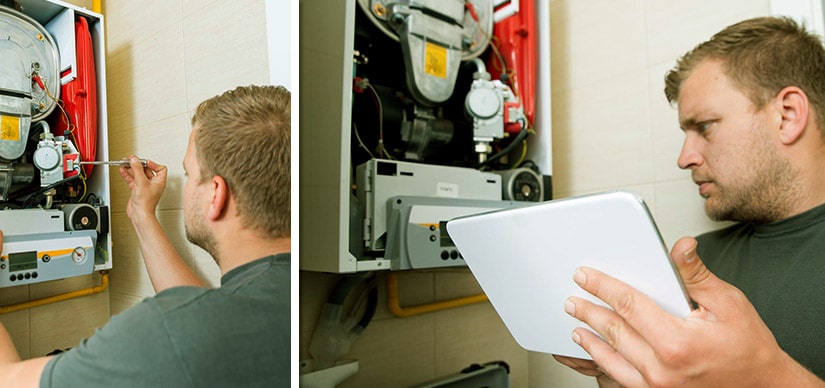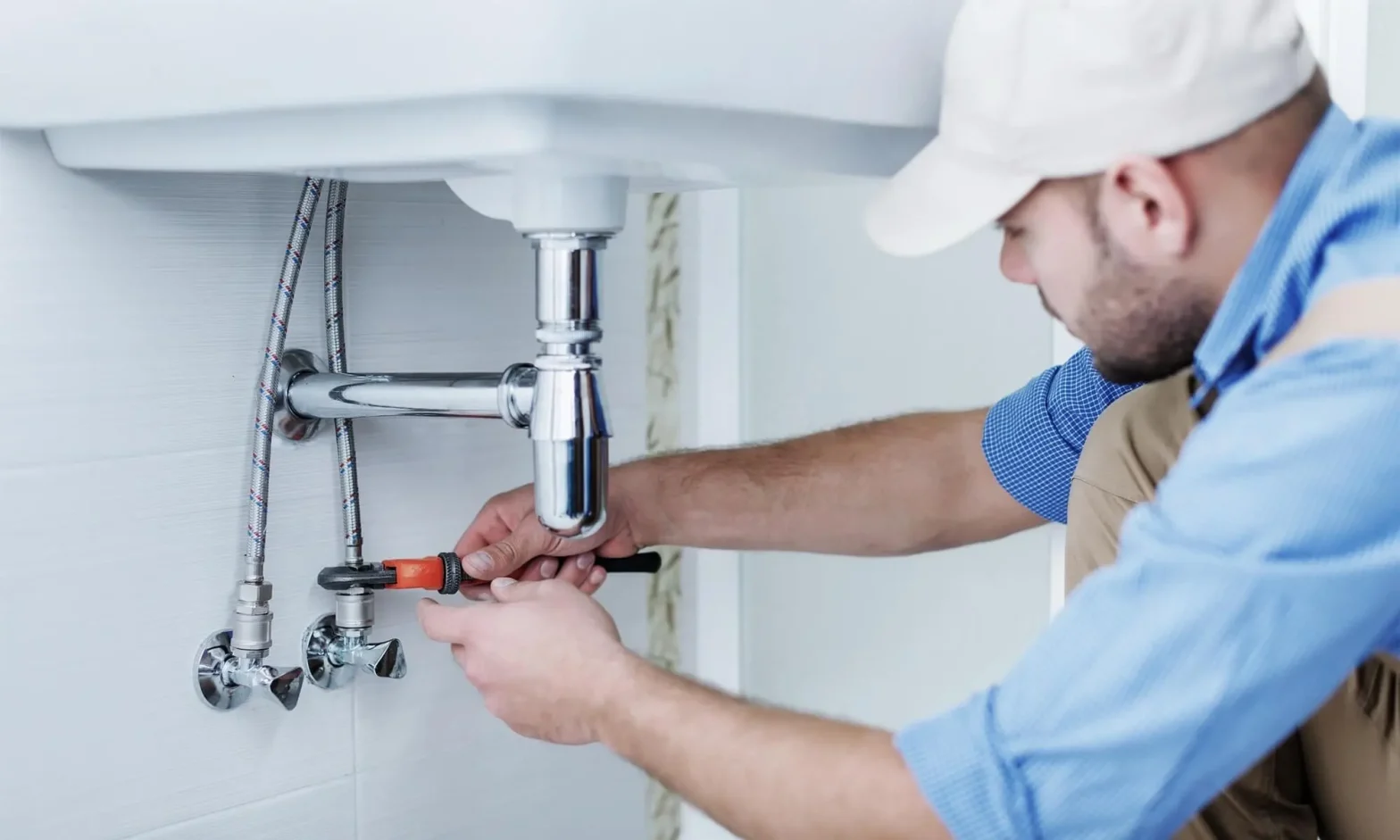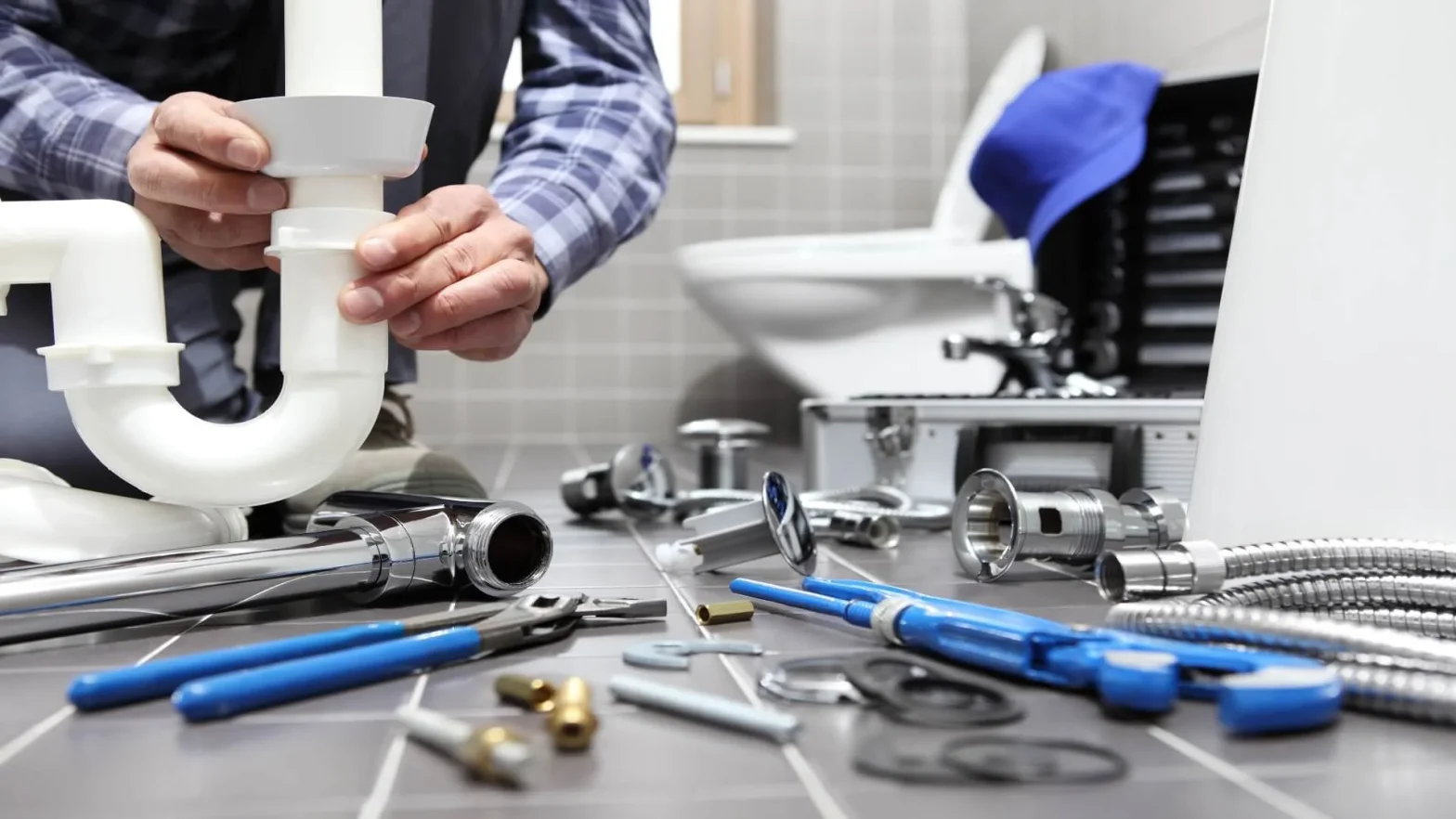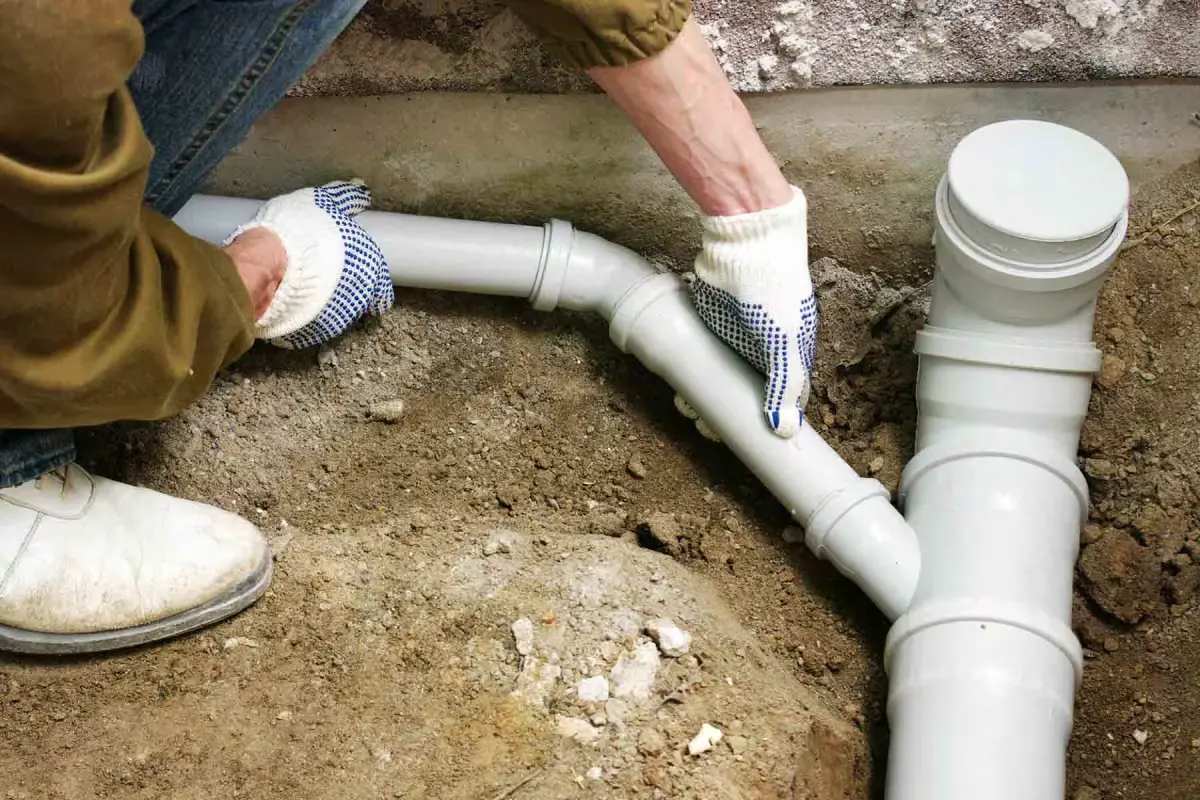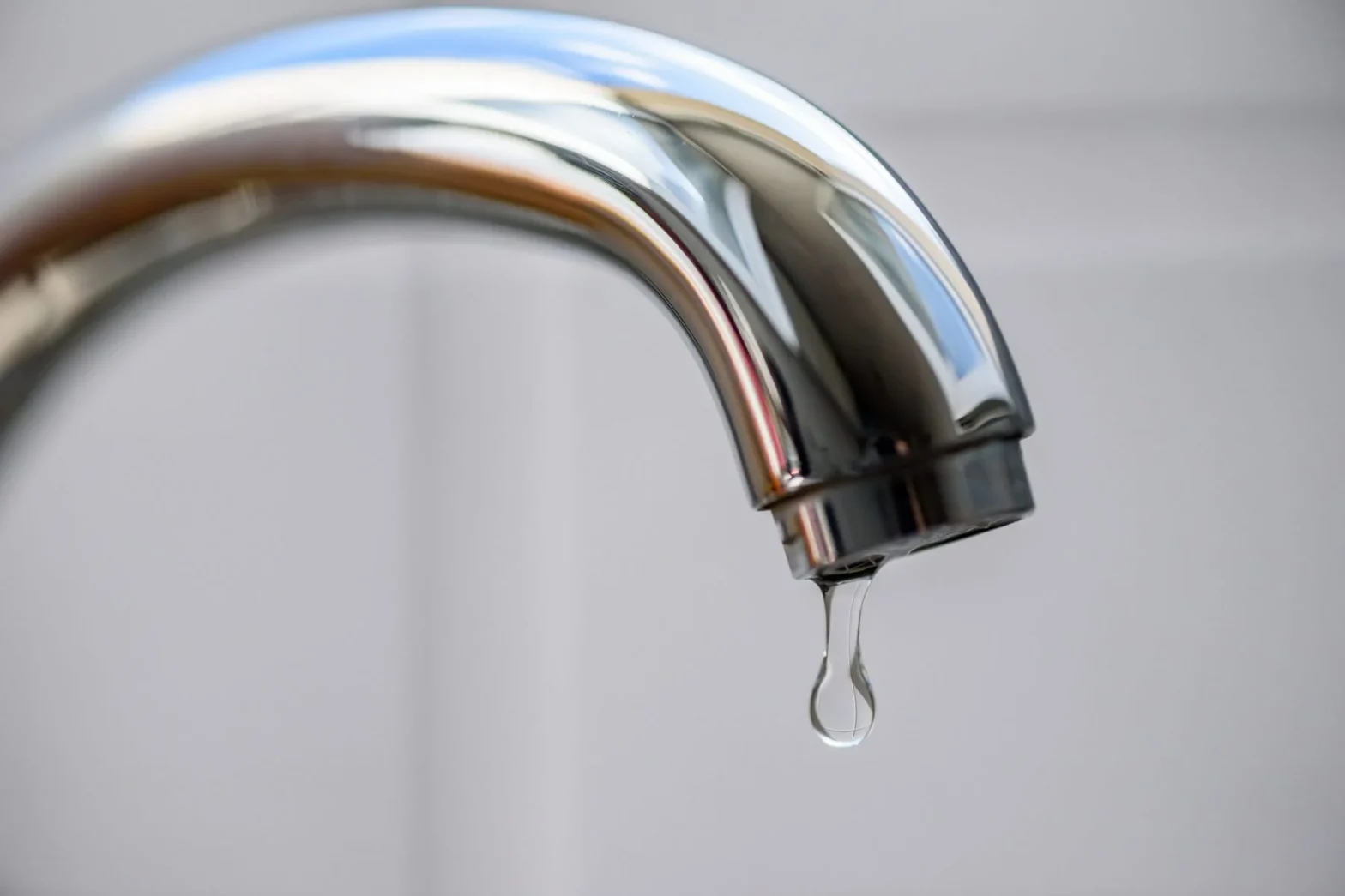What Takes Place During a Plumbing Inspection?
If you’re a homeowner in Aliso Viejo, CA, and you’re in need of a plumbing inspection, you may be wondering what to expect. During a plumbing inspection, a professional plumber in Aliso Viejo will carefully examine your plumbing system to make sure it is in proper working order.
They will look for signs of damage, leaks, or other issues that may need to be addressed. In this blog post, we’ll go over the steps involved in a plumbing inspection, so you can have a better understanding of what to expect from your plumber in Aliso Viejo, CA.
The Purpose of a plumbing inspection
A plumbing inspection is an essential step to maintaining the safety and efficiency of your plumbing system. Having a professional plumber in Aliso Viejo, California, inspect your plumbing ensures any potential problems are identified and dealt with before they become major issues.
During the inspection, the plumber will look for signs of deterioration and assess the system’s overall performance. A thorough inspection also ensures that any code violations are found and fixed, enabling you to remain compliant with local regulations.
If you’re selling your house or refinancing your mortgage, an inspection might also be necessary.
Checking the discharge and sump pumps
One of the important components that your plumber in Aliso Viejo, CA, will inspect is the discharge and sump pumps. These pumps are used to move water from your home, either into or out of it, depending on their type.
The plumber will check that the pumps are working correctly and that there are no blockages or other problems with them. They will also look for any signs of damage, such as rust or corrosion, that could indicate a need for replacement or repair.
They will ensure that the pumps are properly connected and secured to prevent them from coming loose and causing problems down the line.
Examine the water storage tank
When a plumber in Aliso Viejo, CA, performs a plumbing inspection, they will inspect the water storage tank. The purpose of the inspection is to ensure that the tank is functioning properly and that it is free of any corrosion or leakage.
During the inspection, the plumber will inspect the water storage tank for any signs of cracks, rust, or corrosion. They may also check for proper installation and function.
If there are any signs of wear or damage, the plumber will recommend repairs or replacement of the water storage tank.
The plumber will check for proper ventilation and any leaks that may have occurred. Once the water storage tank has been inspected and approved, it can be put back into use.
Examine the state of any exposed pipes, joints, and fittings for leaks or signs of corrosion
During a plumbing inspection, the plumber will take a close look at the condition of exposed piping, joints, and fittings, as well as any signs of corrosion or leaks.
This is an important part of the inspection, as these can be indicative of bigger problems that could affect your plumbing system. The plumber will also check for any cracks or breaks in the pipes.
This can be especially problematic with copper pipes, which are more prone to corrosion and leaks. The plumber will inspect the fixtures to ensure that they are securely fastened and not in need of repairs or replacement.
The plumber will check for any signs of water leakage, such as staining or dampness on walls, floors, and ceilings. If any leaks are detected, the plumber can provide solutions to repair them.
Visual inspection of all fixtures
During a plumbing inspection, your plumber will visually inspect all fixtures. This includes faucets, showers, toilets, sinks, and any other plumbing fixtures.
Your plumber will check for any signs of deterioration or damage, such as corrosion, leaks, or cracks. They will also inspect the condition of the pipes and fittings connected to the fixture. This helps identify any potential problems before they become more serious.
If any issues are identified, your plumber will recommend repairs or replacements to ensure your system is safe and functioning properly.
It’s important to keep up with regular inspections so that you can catch small issues before they become major problems.
Inspect the water flow rate and measure the temperature of hot and cold water in each fixture
During a plumbing inspection, it is important to measure the water flow rate and temperature of hot and cold water in each fixture. This is an important step to ensure that all fixtures are functioning correctly.
A plumber in Aliso Viejo can check that each fixture has the correct pressure and temperature, which will help to keep your plumbing system functioning properly.
The plumber will also inspect the supply lines and check for any blockages that could be causing a drop in pressure or an irregular temperature.
If there are any issues, the plumber can advise you on how to address them and restore the proper flow rate and temperature of the fixtures.
Check the drains, supply lines, and fixtures
During a plumbing inspection, it is important to check the drains, supply lines, and fixtures for any signs of leakage or damage. This includes checking the drain pipes, sewer pipes, water heater, and other related components.
It is also important to inspect any visible piping, such as the supply lines that connect to the fixtures and appliances. The inspector will also check for any blockages in the supply lines that could prevent water from flowing properly.
The inspector will also check all the fixtures, including faucets, showers, and toilets. They will look for any signs of corrosion, leaks, or clogs. The inspector may also use specialized testing tools to further test the function of the fixtures.
They may measure the temperature and water flow rate at each fixture in order to assess the overall performance of the system, they may also check for any water accumulation or pooling around these components that could lead to further damage.
By thoroughly examining the drains, supply lines, and fixtures during a plumbing inspection, the inspector can help ensure that your plumbing system is working properly and free of any potential problems.
Testing the water pressure
One of the most important parts of a plumbing inspection is testing the water pressure. This test is necessary to determine if the water pressure in your home is sufficient for your fixtures and appliances to operate correctly.
During this test, a professional plumber will check the pressure from both hot and cold lines and make sure that it falls within the acceptable range for the specific type of fixture.
In some cases, the plumber may need to adjust the pressure in order to ensure that it meets the standards set by the manufacturer or local building codes. If the pressure is too low, it can lead to poor performance of your fixtures and appliances, as well as increased wear and tear on pipes and fittings.
On the other hand, if the pressure is too high, it can lead to potential damage to the pipes or fixtures, which could result in costly repairs.
Conduct other tests to check the performance of the system
When a professional plumbing inspector visits your home, they may also perform a variety of tests to check the performance of your plumbing system.
This includes checking the safety of your water supply, testing the water pressure, checking the integrity of your plumbing fixtures, and testing the overall efficiency of your system.
One test that is commonly done is a dye test. This test can detect any leaks or cracks in your plumbing system. The inspector will inject a non-toxic colored dye into your plumbing system and then use an ultraviolet light to detect any leaks or cracks.
The inspector may also perform a pressure test to make sure that the pressure in your system is adequate. They may also conduct a flow rate test to make sure that the water is flowing at an acceptable rate. This will ensure that you don’t have any issues with low water pressure or clogged pipes.
Finally, the inspector may also check the overall health of your plumbing system by looking at the condition of exposed piping, joints, and fittings, as well as any signs of corrosion or leaks. This can help them identify potential problems and make repairs before they become serious.
Conclusion
The goal of a plumbing inspection is to identify any existing or potential issues with your home’s plumbing system. By regularly conducting a plumbing inspection, you can help protect your home from costly repairs and unnecessary damages.
If you live in Aliso Viejo, CA, it’s important to work with a trusted and experienced plumber to ensure your plumbing inspection is thorough and comprehensive.
A professional plumber in Aliso Viejo can identify any potential risks and make sure all of your home’s plumbing systems are functioning properly and efficiently.
Related Posts


